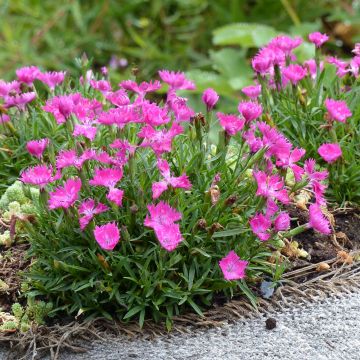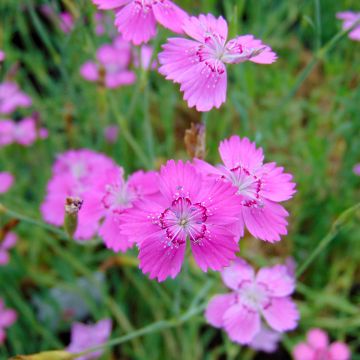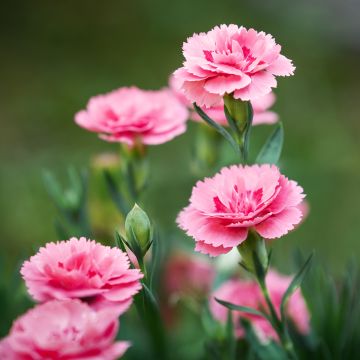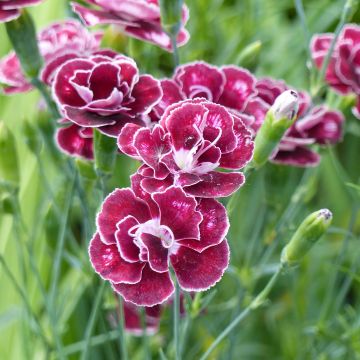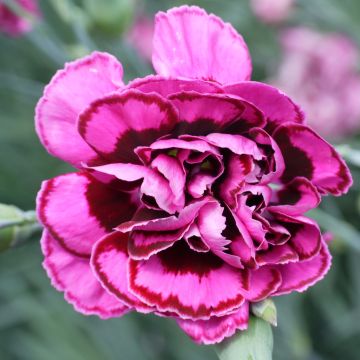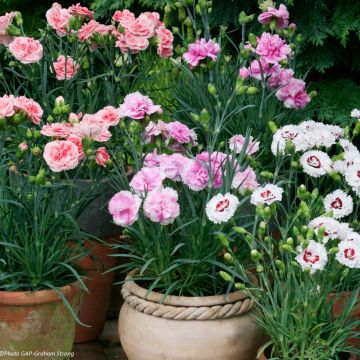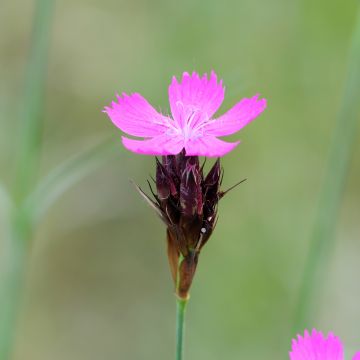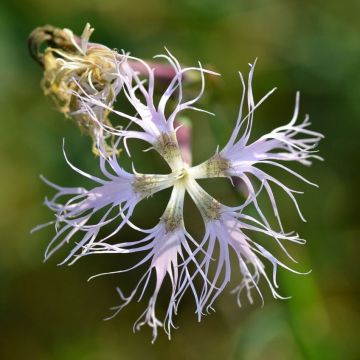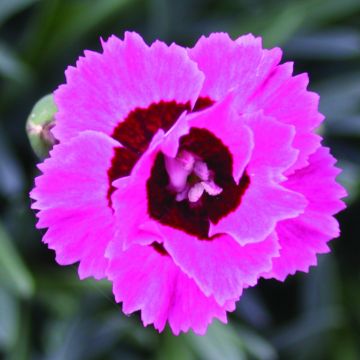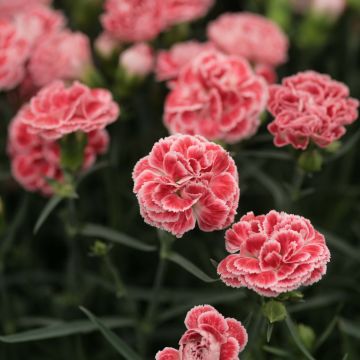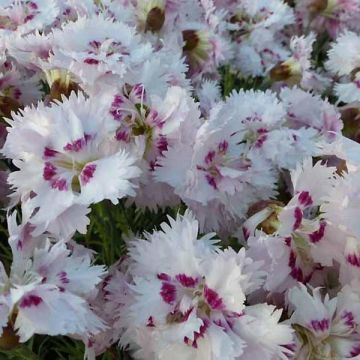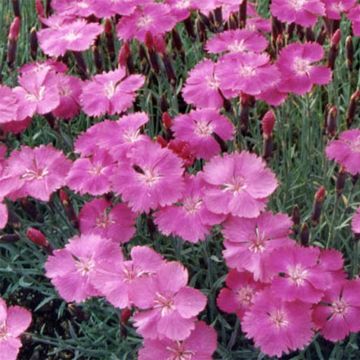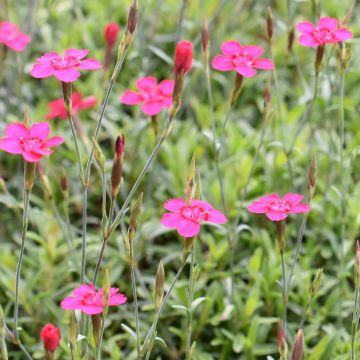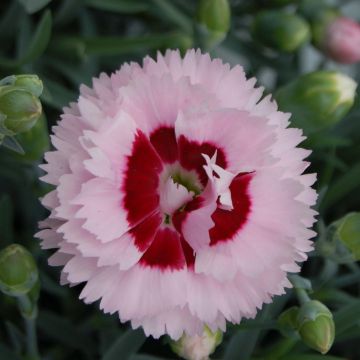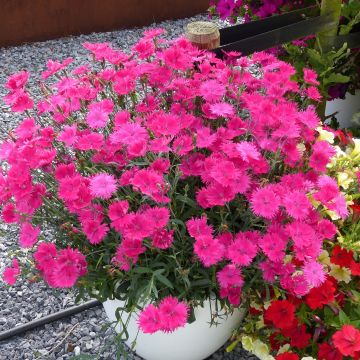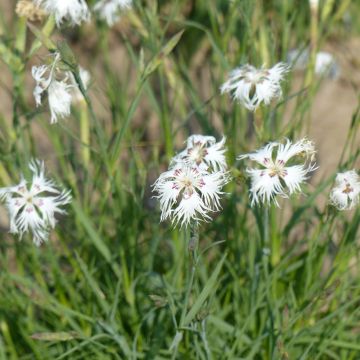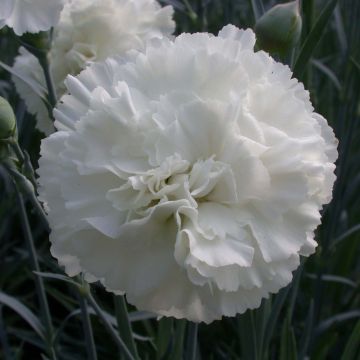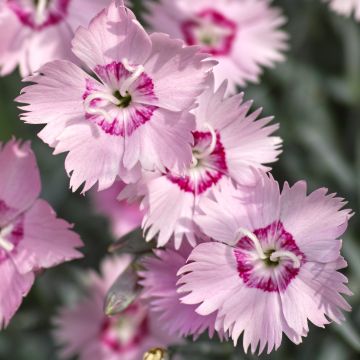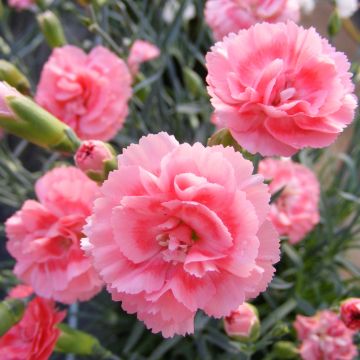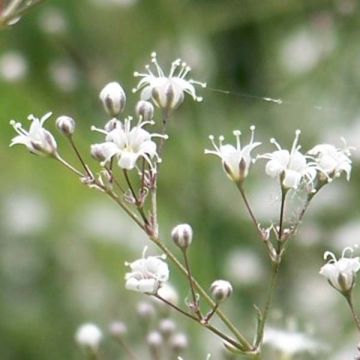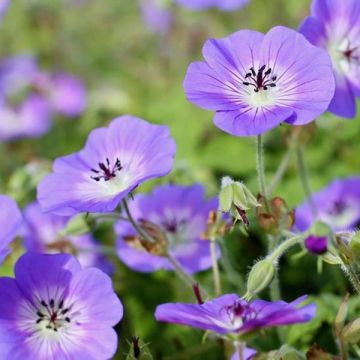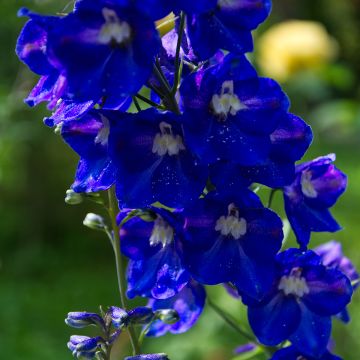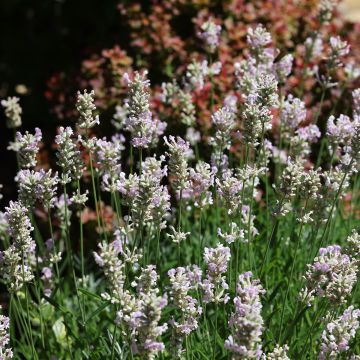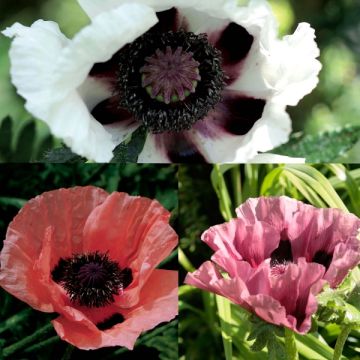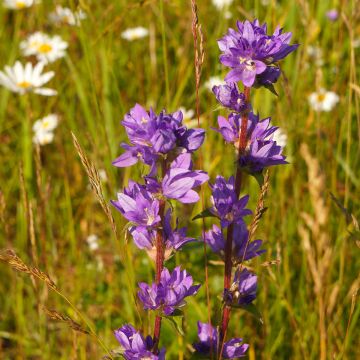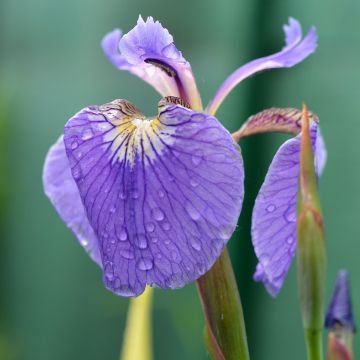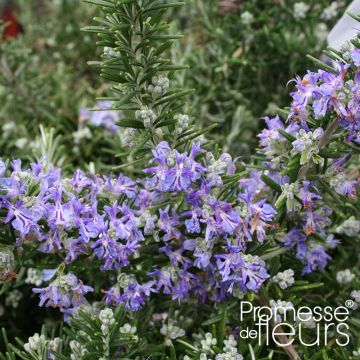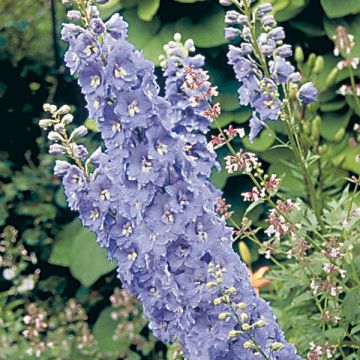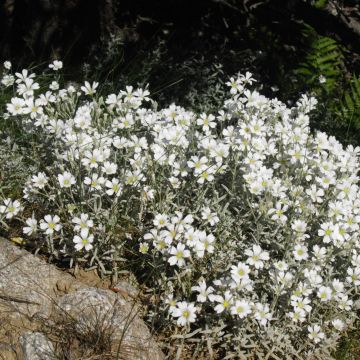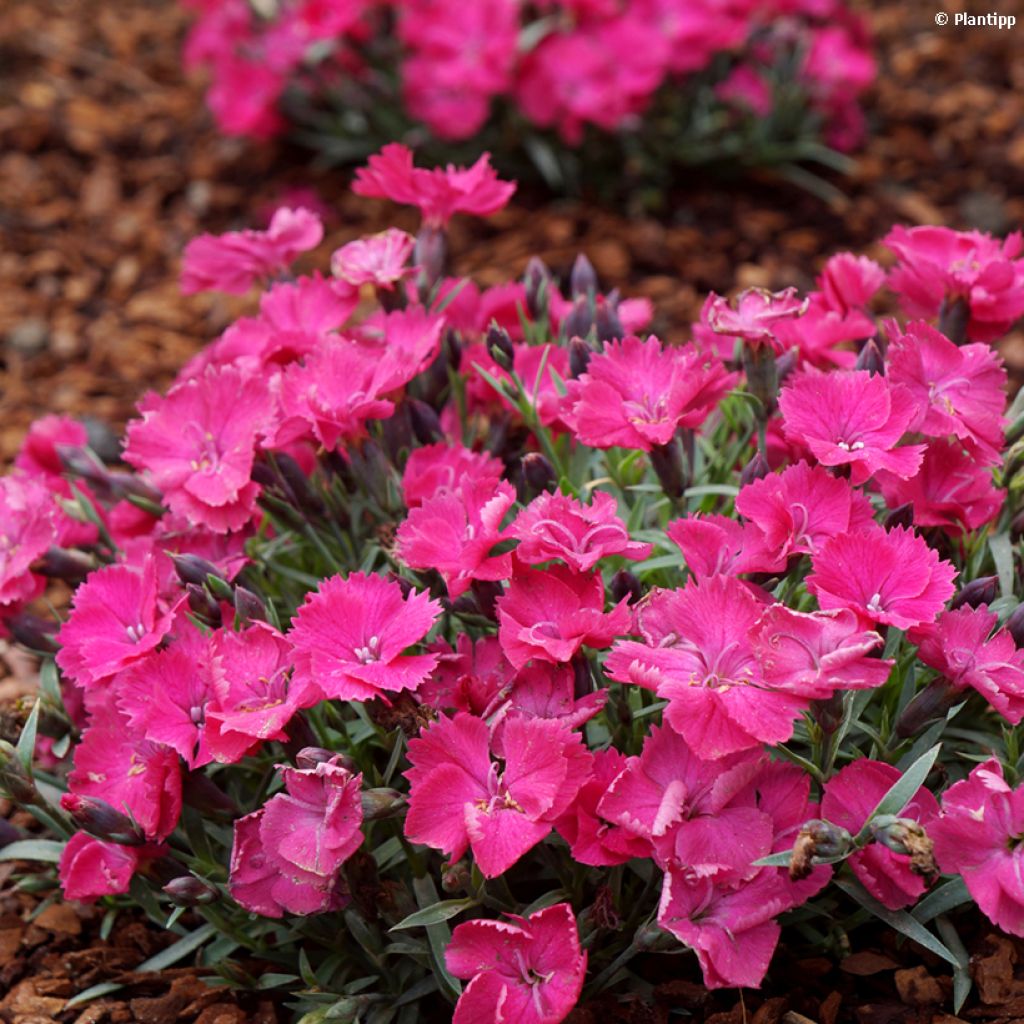

Dianthus Vivid Bright Light - Oeillet tapissant
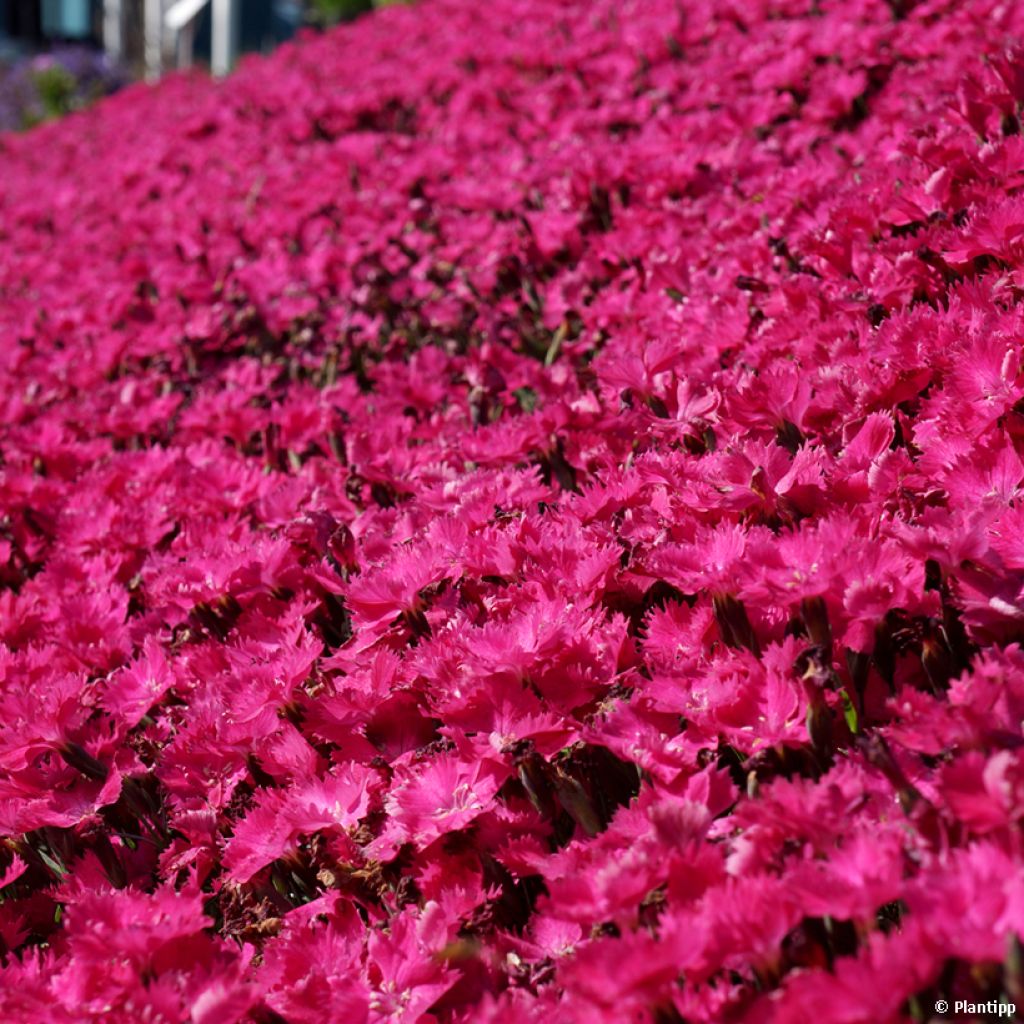

Dianthus Vivid Bright Light - Oeillet tapissant
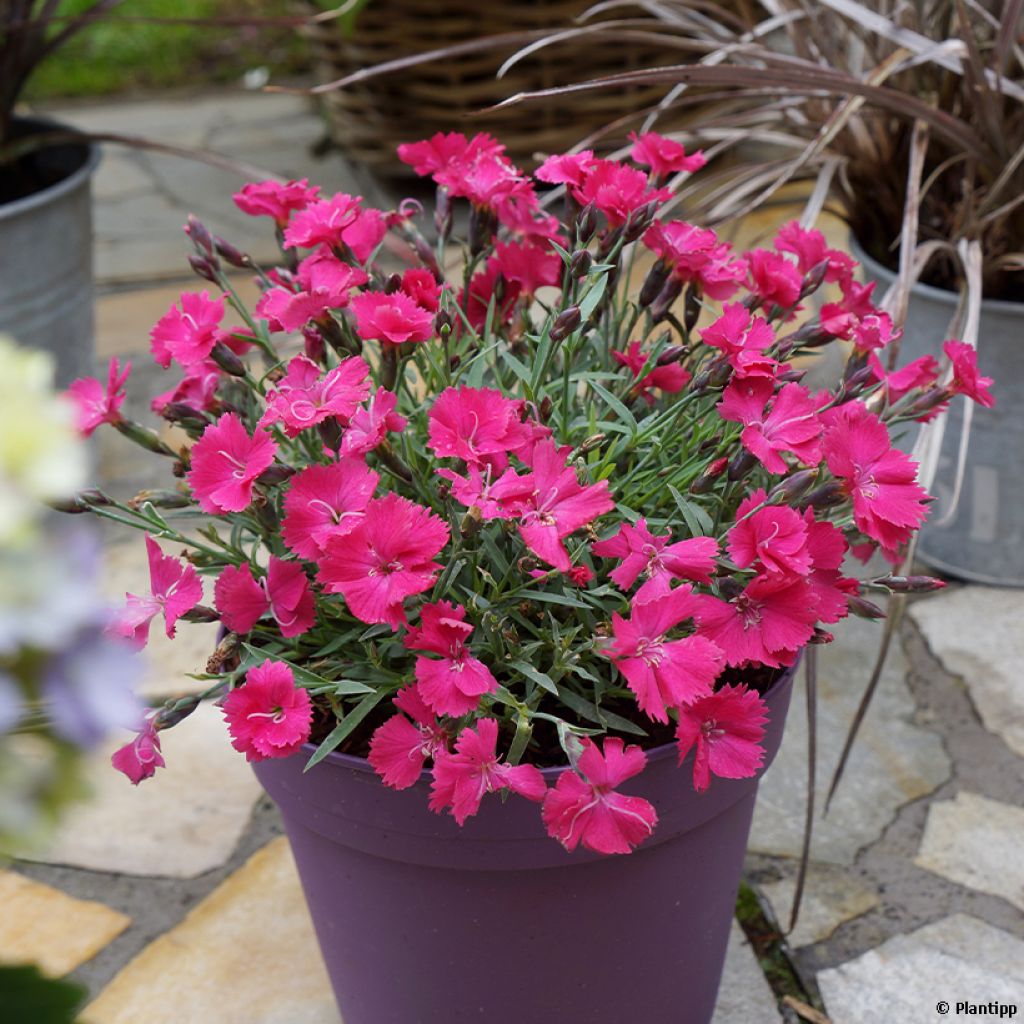

Dianthus Vivid Bright Light - Oeillet tapissant
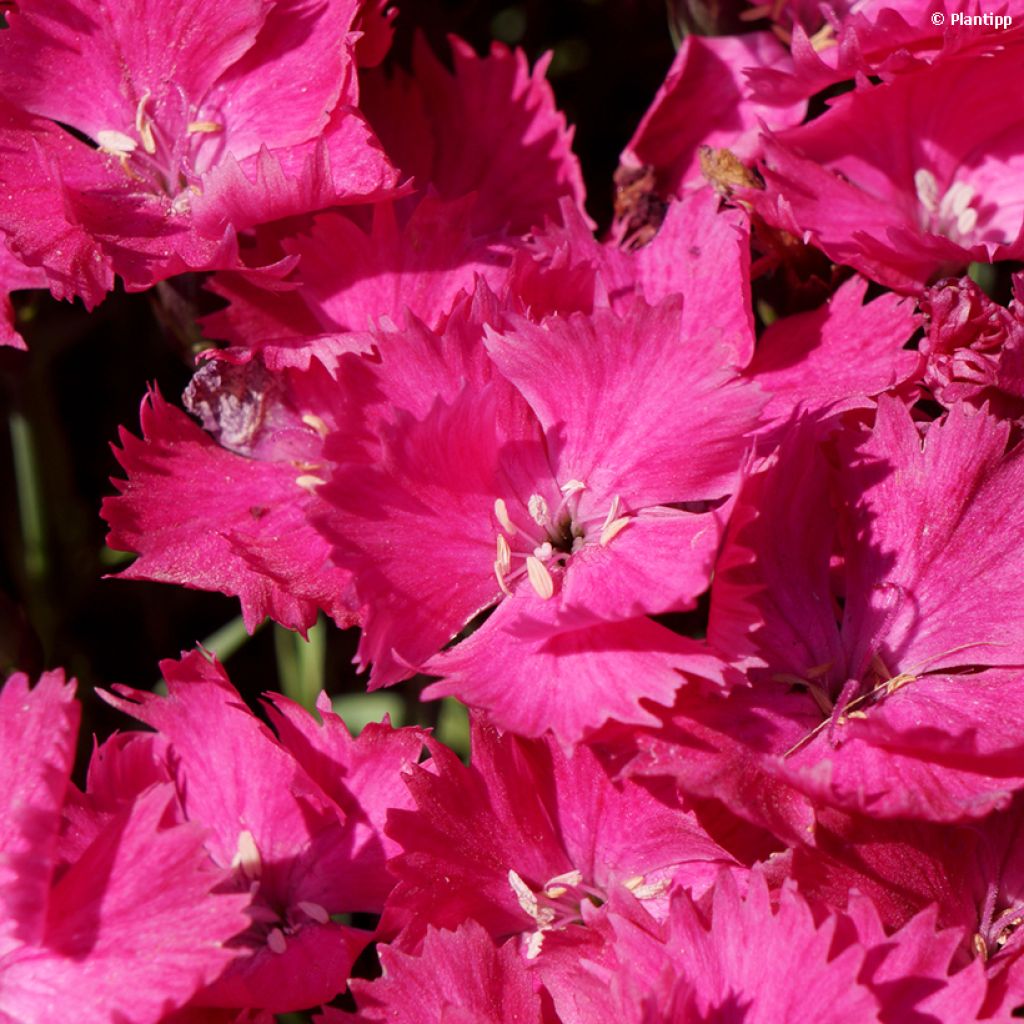

Dianthus Vivid Bright Light - Oeillet tapissant
Dianthus Vivid Bright Light
Dianthus Vivid Bright Light ('Uripinkone')
Pink, Pot Carnation
Perfect. Planted in partial shade in a large pot.
Ann, 30/10/2024
Why not try an alternative variety in stock?
View all →This plant carries a 12 months recovery warranty
More information
We guarantee the quality of our plants for a full growing cycle, and will replace at our expense any plant that fails to recover under normal climatic and planting conditions.
From €5.90 for pickup delivery and €6.90 for home delivery
Express home delivery from €8.90.

Does this plant fit my garden?
Set up your Plantfit profile →
Description
Dianthus Vivid Bright Light is a sensational hybrid variety of carnation, particularly floriferous, reliable, and disease-resistant. The compact plant forms a blue-green cushion that disappears under a multitude of small, fragrant bright pink flowers. This show is renewed from spring to autumn if one takes care to prune the faded flowers between each wave of blooms. Decorative even in winter, this perennial is perfect for embellishing rockeries or borders, especially with small alpine Phlox. It is also very pretty in pots.
Carnation Vivid Bright Light belongs to the Caryophyllaceae family, like all carnations. It is a recent cultivar from South Korea. The growth of this carnation is moderately fast. Its adult size will not exceed 25 cm (10in) in height with a spread of approximately 35 cm (14in). This plant forms a small compact cushion-like clump. Its linear, pointed, leathery, evergreen leaves are a bluish-greyish green. Flowering is renewed from May-June until October, if the soil is not too dry in July-August. In the case of prolonged drought, it withers and regrows when the rains return. The plant is then covered with small, fragrant, 1 to 2 cm (1in) bright pink flowers with toothed petals, carried at the top of stiff stems. It is resistant to cold and tolerates limestone very well. Note that Vivid Bright Light is also resistant to diseases such as rust and powdery mildew.
Dianthus Vivid Bright Light is an excellent plant for slopes and rockeries. It can be accompanied by other flowering cushions such as sun roses, Spanish daisies, aubrietas, bellflowers, Caucasus rock cress, Erigeron karvinskianus, and bloody cranesbill Geranium sanguineum. This plant forms a lovely filler between the stones of a wall or paving, and works well in a container. It adapts very well to pot cultivation.
Report an error about the product description
Dianthus Vivid Bright Light in pictures
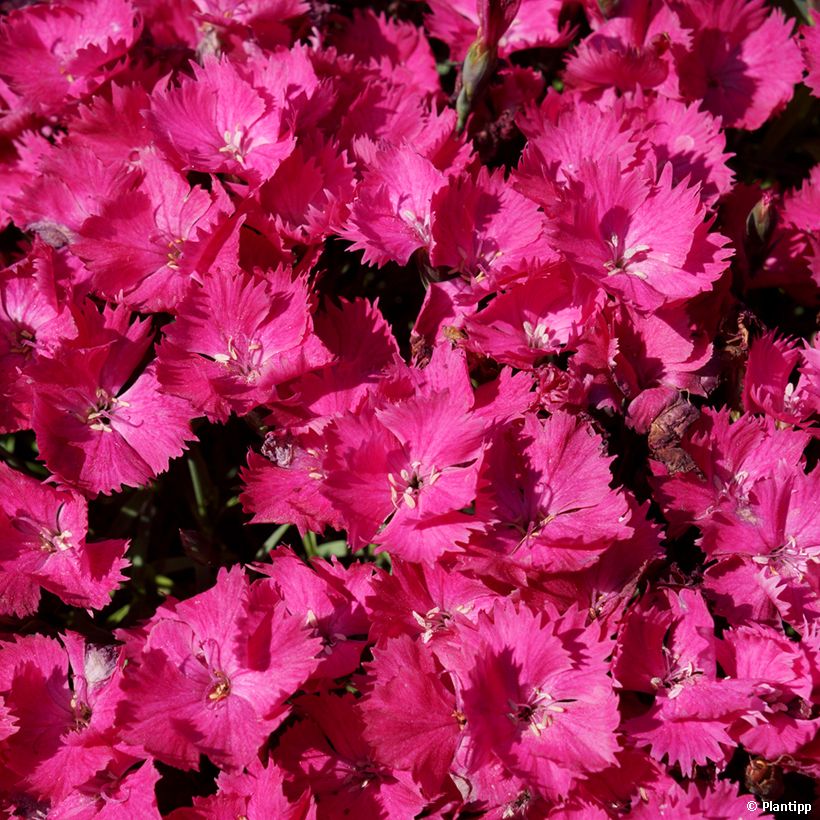

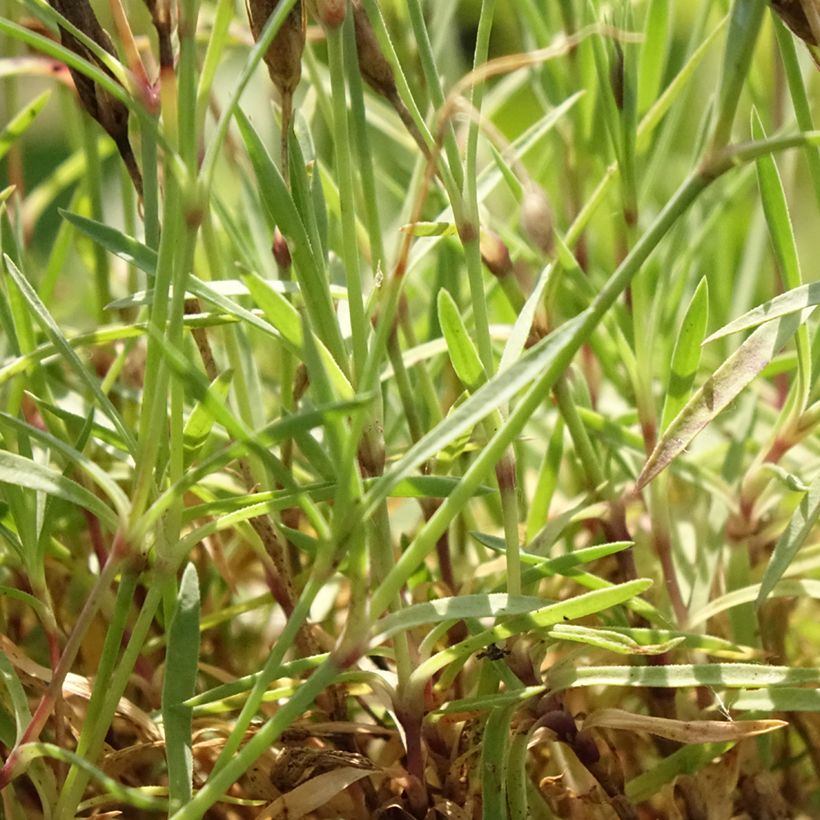

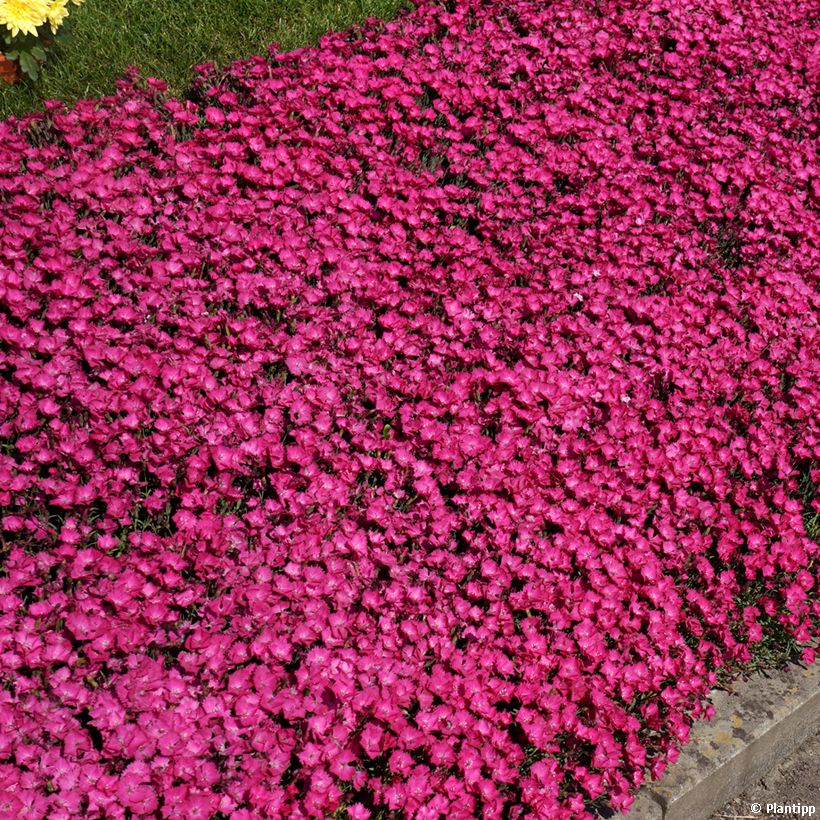

Flowering
Foliage
Plant habit
Botanical data
Dianthus
Vivid Bright Light ('Uripinkone')
Caryophyllaceae
Pink, Pot Carnation
Cultivar or hybrid
Other Dianthus - Pinks
Planting and care
Dianthus Vivid Bright Light isshould be planted from October to March in a very well-draining, rather poor soil, in full sun. This variety prefers soils with a tendency towards limestone and it withstands summer drought well. However, in the case of a very dry and very hot summer, additional waterings will be appreciated to support the flowering. In heavy soil or in excessively humid regions, mix compost, sand, and gravel with your garden soil and plant on a mound. Don't forget to place gravel at the bottom of the planting hole for good drainage. Remove faded flowers as they appear to encourage new flowers. Apply fertilizer in spring. Watch out for slugs and avoid waterlogged soil.
Planting period
Intended location
Care
-
, onOrder confirmed
Reply from on Promesse de fleurs
Summer flowering perennials
Haven't found what you were looking for?
Hardiness is the lowest winter temperature a plant can endure without suffering serious damage or even dying. However, hardiness is affected by location (a sheltered area, such as a patio), protection (winter cover) and soil type (hardiness is improved by well-drained soil).

Photo Sharing Terms & Conditions
In order to encourage gardeners to interact and share their experiences, Promesse de fleurs offers various media enabling content to be uploaded onto its Site - in particular via the ‘Photo sharing’ module.
The User agrees to refrain from:
- Posting any content that is illegal, prejudicial, insulting, racist, inciteful to hatred, revisionist, contrary to public decency, that infringes on privacy or on the privacy rights of third parties, in particular the publicity rights of persons and goods, intellectual property rights, or the right to privacy.
- Submitting content on behalf of a third party;
- Impersonate the identity of a third party and/or publish any personal information about a third party;
In general, the User undertakes to refrain from any unethical behaviour.
All Content (in particular text, comments, files, images, photos, videos, creative works, etc.), which may be subject to property or intellectual property rights, image or other private rights, shall remain the property of the User, subject to the limited rights granted by the terms of the licence granted by Promesse de fleurs as stated below. Users are at liberty to publish or not to publish such Content on the Site, notably via the ‘Photo Sharing’ facility, and accept that this Content shall be made public and freely accessible, notably on the Internet.
Users further acknowledge, undertake to have ,and guarantee that they hold all necessary rights and permissions to publish such material on the Site, in particular with regard to the legislation in force pertaining to any privacy, property, intellectual property, image, or contractual rights, or rights of any other nature. By publishing such Content on the Site, Users acknowledge accepting full liability as publishers of the Content within the meaning of the law, and grant Promesse de fleurs, free of charge, an inclusive, worldwide licence for the said Content for the entire duration of its publication, including all reproduction, representation, up/downloading, displaying, performing, transmission, and storage rights.
Users also grant permission for their name to be linked to the Content and accept that this link may not always be made available.
By engaging in posting material, Users consent to their Content becoming automatically accessible on the Internet, in particular on other sites and/or blogs and/or web pages of the Promesse de fleurs site, including in particular social pages and the Promesse de fleurs catalogue.
Users may secure the removal of entrusted content free of charge by issuing a simple request via our contact form.
The flowering period indicated on our website applies to countries and regions located in USDA zone 8 (France, the United Kingdom, Ireland, the Netherlands, etc.)
It will vary according to where you live:
- In zones 9 to 10 (Italy, Spain, Greece, etc.), flowering will occur about 2 to 4 weeks earlier.
- In zones 6 to 7 (Germany, Poland, Slovenia, and lower mountainous regions), flowering will be delayed by 2 to 3 weeks.
- In zone 5 (Central Europe, Scandinavia), blooming will be delayed by 3 to 5 weeks.
In temperate climates, pruning of spring-flowering shrubs (forsythia, spireas, etc.) should be done just after flowering.
Pruning of summer-flowering shrubs (Indian Lilac, Perovskia, etc.) can be done in winter or spring.
In cold regions as well as with frost-sensitive plants, avoid pruning too early when severe frosts may still occur.
The planting period indicated on our website applies to countries and regions located in USDA zone 8 (France, United Kingdom, Ireland, Netherlands).
It will vary according to where you live:
- In Mediterranean zones (Marseille, Madrid, Milan, etc.), autumn and winter are the best planting periods.
- In continental zones (Strasbourg, Munich, Vienna, etc.), delay planting by 2 to 3 weeks in spring and bring it forward by 2 to 4 weeks in autumn.
- In mountainous regions (the Alps, Pyrenees, Carpathians, etc.), it is best to plant in late spring (May-June) or late summer (August-September).
The harvesting period indicated on our website applies to countries and regions in USDA zone 8 (France, England, Ireland, the Netherlands).
In colder areas (Scandinavia, Poland, Austria...) fruit and vegetable harvests are likely to be delayed by 3-4 weeks.
In warmer areas (Italy, Spain, Greece, etc.), harvesting will probably take place earlier, depending on weather conditions.
The sowing periods indicated on our website apply to countries and regions within USDA Zone 8 (France, UK, Ireland, Netherlands).
In colder areas (Scandinavia, Poland, Austria...), delay any outdoor sowing by 3-4 weeks, or sow under glass.
In warmer climes (Italy, Spain, Greece, etc.), bring outdoor sowing forward by a few weeks.

































